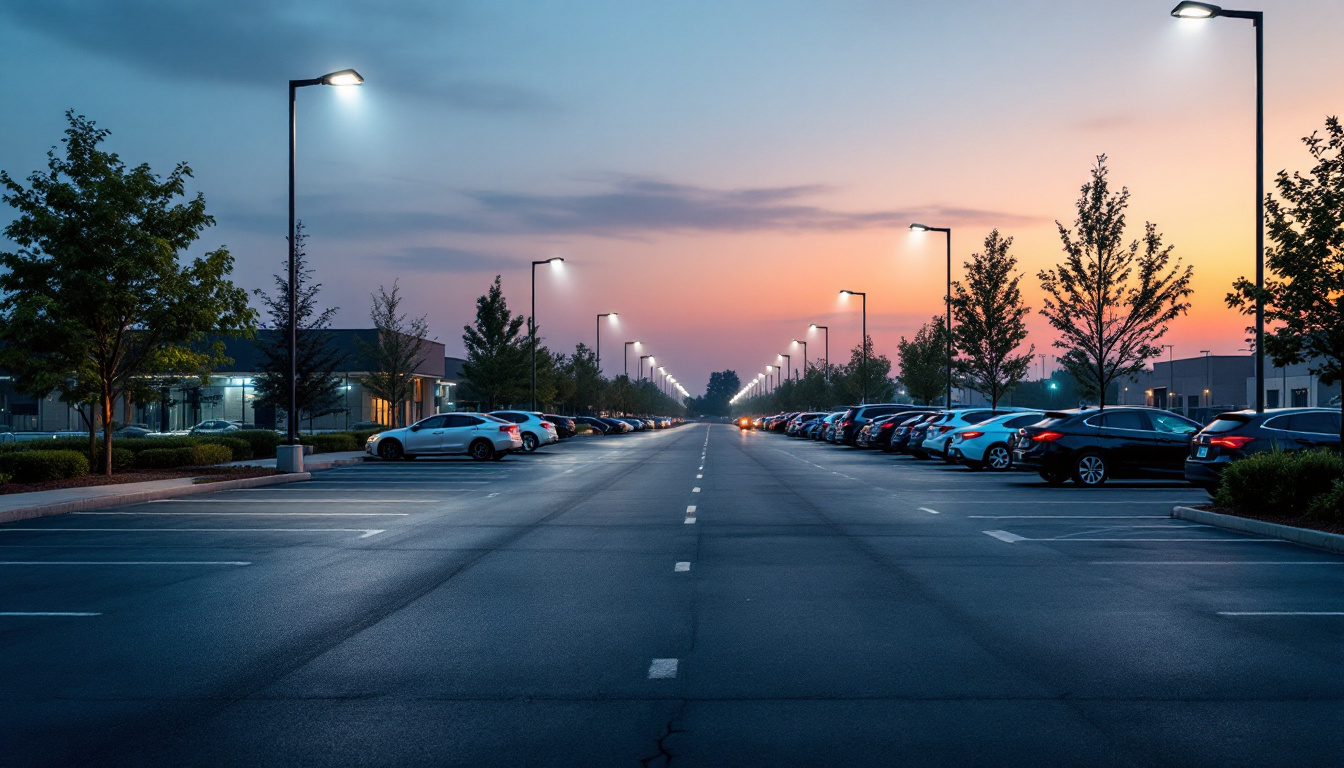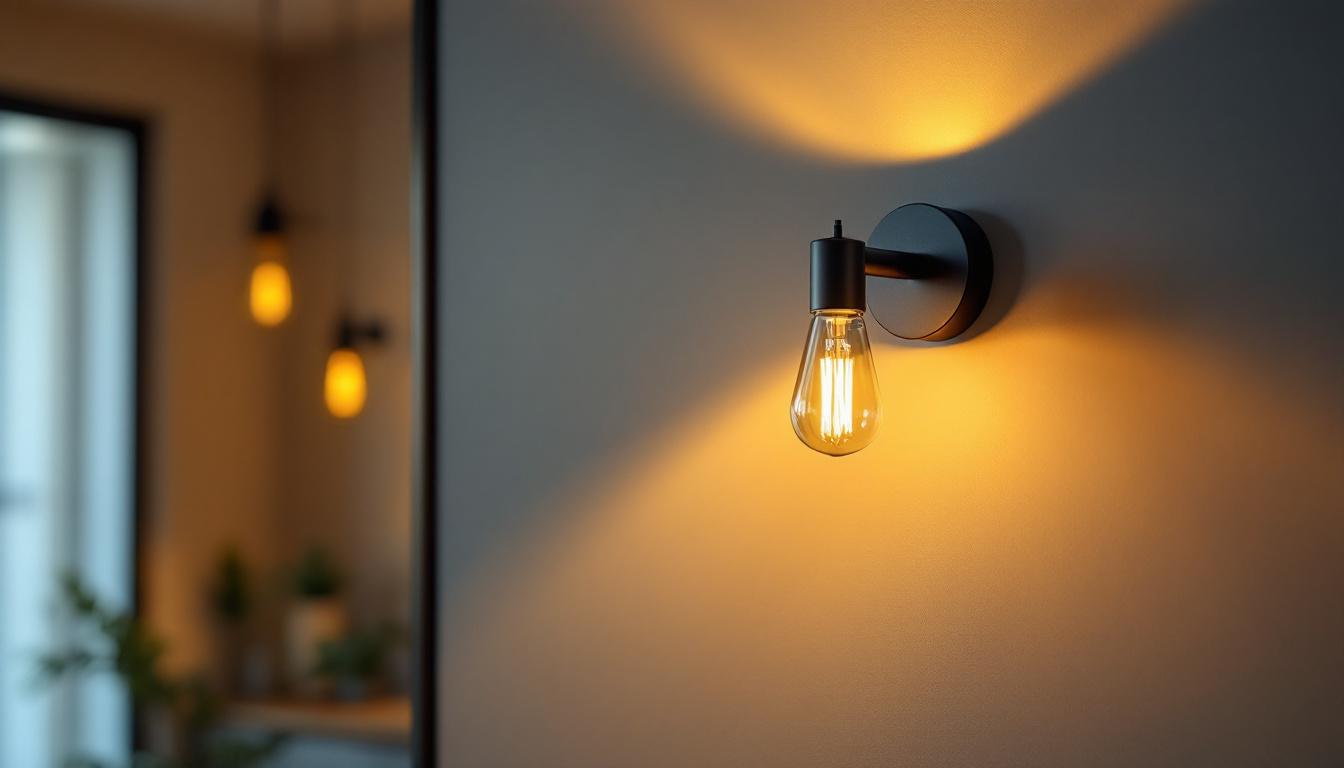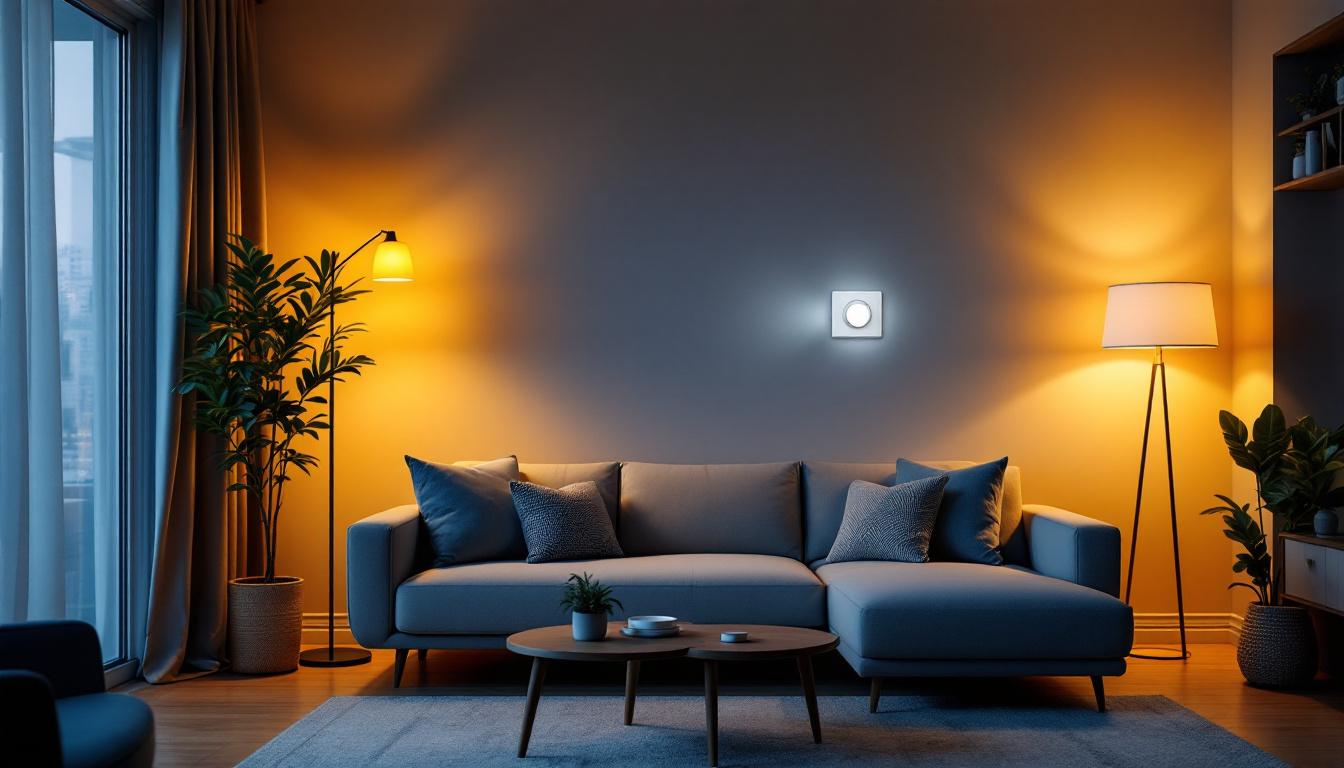
In the ever-evolving world of lighting technology, retrofit LED lighting stands out as a significant advancement that can transform lighting projects. For lighting contractors, understanding the benefits and implementation strategies of retrofit LED systems is crucial for improving project efficiency and client satisfaction. This article delves into the various aspects of retrofit LED lighting and how it can enhance the overall effectiveness of lighting projects.
Retrofit LED lighting refers to the process of replacing traditional lighting fixtures with LED technology without the need for a complete overhaul of the existing infrastructure. This approach allows contractors to upgrade lighting systems efficiently, providing numerous benefits, including energy savings, improved lighting quality, and reduced maintenance costs.
LED (Light Emitting Diode) lighting is distinct from traditional incandescent or fluorescent lighting in several ways. First and foremost, LEDs are significantly more energy-efficient, converting a higher percentage of energy into visible light. This efficiency translates into lower energy bills for clients and a reduced carbon footprint.
Additionally, LED lights have a longer lifespan compared to traditional bulbs. While incandescent bulbs may last around 1,000 hours, LEDs can last up to 25,000 hours or more. This longevity not only reduces the frequency of replacements but also minimizes maintenance efforts and costs.
Implementing retrofit LED lighting offers numerous advantages for both contractors and clients. One of the most compelling benefits is the potential for significant energy savings. By switching to LEDs, clients can often reduce their energy consumption by up to 75%, resulting in substantial cost savings over time.
Furthermore, retrofit LED systems can enhance the quality of light in a space. LEDs provide better color rendering and can be designed to offer a variety of color temperatures, allowing for customized lighting solutions that meet specific needs. This adaptability can lead to improved aesthetics and functionality in commercial and residential settings.
For lighting contractors, the efficiency of a project is paramount. Retrofit LED lighting can streamline various aspects of the project lifecycle, from planning and installation to maintenance and client satisfaction.
One of the most significant advantages of retrofit LED lighting is the ease of installation. Since these systems are designed to fit into existing fixtures, contractors can often complete installations more quickly than with traditional lighting upgrades. This reduction in installation time can lead to lower labor costs and increased project turnover rates.
Additionally, many retrofit LED products are designed with user-friendly features, such as plug-and-play capabilities or modular designs. These innovations further simplify the installation process, allowing contractors to focus on delivering high-quality results without unnecessary delays.
When planning a lighting project, flexibility is key. Retrofit LED lighting offers a range of options that can be tailored to the specific needs of a project. Contractors can choose from various styles, brightness levels, and color temperatures to create customized lighting solutions that align with the client’s vision.
Moreover, the availability of advanced lighting controls, such as dimmers and smart systems, allows for even greater customization. These controls can enhance the functionality of a space, enabling clients to adjust lighting based on their preferences and activities. This adaptability not only improves client satisfaction but also showcases the contractor’s expertise in delivering tailored solutions.
Cost is always a significant consideration in any lighting project. Retrofit LED lighting presents a compelling case for cost-effectiveness, offering both immediate and long-term financial benefits.
While the initial investment for retrofit LED lighting may be higher than traditional lighting options, the long-term savings often outweigh these upfront costs. As mentioned earlier, LED lighting can reduce energy consumption by up to 75%. This reduction translates into lower utility bills, allowing clients to recoup their investment over time.
Additionally, the longevity of LED fixtures means fewer replacements and lower maintenance costs. Clients can save on labor and materials associated with frequent bulb changes, making retrofit LED solutions a financially sound choice in the long run.
Many regions offer incentives and rebates for businesses and homeowners who invest in energy-efficient lighting solutions. Contractors can assist clients in navigating these programs, potentially reducing the overall cost of retrofit LED projects. By leveraging available incentives, clients can make the switch to LED lighting with reduced financial barriers, further enhancing the appeal of retrofit solutions.
In today’s world, sustainability is a critical consideration for many clients. Retrofit LED lighting not only offers financial benefits but also contributes positively to environmental sustainability.
By significantly lowering energy consumption, retrofit LED lighting helps reduce greenhouse gas emissions. As more clients become conscious of their environmental impact, the demand for energy-efficient solutions like LEDs continues to grow. Contractors who prioritize sustainable practices can position themselves as leaders in the industry, appealing to environmentally conscious clients.
Furthermore, the reduced need for frequent replacements means less waste in landfills. LEDs are also free of hazardous materials like mercury, commonly found in fluorescent bulbs, making them a safer choice for the environment.
Contractors can play a vital role in promoting sustainable practices within the lighting industry. By advocating for retrofit LED solutions, they can educate clients on the benefits of energy efficiency and sustainability. This proactive approach not only enhances the contractor’s reputation but also fosters long-term relationships with clients who value environmental responsibility.
Examining real-world examples of successful retrofit LED projects can provide valuable insights for lighting contractors. These case studies highlight the tangible benefits of LED upgrades and serve as inspiration for future projects.
In a recent project involving a large retail store, a contractor implemented a retrofit LED lighting solution that replaced outdated fluorescent fixtures. The result was a dramatic reduction in energy consumption, leading to a 70% decrease in the store’s lighting costs. Additionally, the improved color rendering of the LED lights enhanced product visibility, resulting in increased sales.
This project not only showcased the financial benefits of retrofit LEDs but also demonstrated how improved lighting quality can directly impact a business’s bottom line.
Another successful case involved a local school that upgraded its lighting system to retrofit LEDs. The project aimed to create a better learning environment while reducing energy costs. The installation of LED fixtures in classrooms and hallways resulted in improved illumination and reduced eye strain for students and teachers alike.
Furthermore, the school district was able to secure state incentives for the energy-efficient upgrade, significantly offsetting the initial costs. This case illustrates how retrofit LED lighting can enhance educational environments while promoting financial sustainability.
While retrofit LED lighting offers numerous advantages, it is essential to address potential challenges and considerations that contractors may encounter during implementation.
One of the primary challenges in retrofit projects is ensuring compatibility with existing fixtures and systems. Not all traditional fixtures are designed to accommodate LED technology, which can lead to complications during installation. Contractors must conduct thorough assessments of existing infrastructure to identify any necessary modifications or upgrades.
Additionally, understanding the electrical requirements for LED fixtures is crucial. Some retrofit options may require new drivers or transformers, which can add complexity to the project. Proper planning and communication with clients can help mitigate these challenges and ensure a smooth installation process.
Educating clients about the benefits and limitations of retrofit LED lighting is vital for managing expectations. Some clients may have preconceived notions about lighting quality or performance that do not align with the capabilities of LED technology. Contractors should provide clear information about the advantages of LEDs, including energy savings, longevity, and improved light quality, to help clients make informed decisions.
Furthermore, setting realistic timelines and budgets is essential. While retrofit projects can often be completed quickly, unforeseen challenges may arise that could impact the schedule. Open communication with clients throughout the project can help build trust and ensure satisfaction.
The future of retrofit LED lighting is promising, with ongoing advancements in technology and design. As the demand for energy-efficient solutions continues to grow, contractors who embrace these innovations will be well-positioned for success.
New technologies, such as smart lighting systems and IoT integration, are transforming the landscape of retrofit LED lighting. These advancements allow for greater control and customization of lighting environments, enhancing the overall user experience. Contractors who stay informed about these trends can offer cutting-edge solutions that meet evolving client needs.
Additionally, the development of more efficient LED products will continue to drive down costs and improve performance. As manufacturers innovate, contractors can take advantage of these advancements to deliver even more effective lighting solutions.
The shift towards sustainability and energy efficiency is creating new market opportunities for lighting contractors. As more businesses and homeowners seek to reduce their environmental impact, the demand for retrofit LED solutions will likely increase. Contractors who position themselves as experts in this area can attract a broader client base and establish themselves as leaders in the industry.
In conclusion, retrofit LED lighting presents a wealth of opportunities for lighting contractors looking to enhance project efficiency and client satisfaction. By understanding the benefits, addressing challenges, and staying informed about emerging technologies, contractors can leverage retrofit LED solutions to create successful, sustainable lighting projects.
Ready to elevate your lighting projects with the efficiency and sustainability of retrofit LED solutions? At LumenWholesale, we provide lighting contractors with the highest quality, spec-grade lighting products at unbeatable wholesale prices. Say goodbye to local distributor markups and hello to superior lighting products that meet the highest industry standards. With our hassle-free bulk buying and free shipping, you get the premium lighting you need at the best value — no hidden fees or compromises. Discover wholesale lighting at the best value and make LumenWholesale your go-to for reliable, high-performance lighting that enhances every project.

Discover how investing in advanced parking lot lighting fixtures can elevate your contracting business.

Explore how black wall lights can enhance energy efficiency in your home.

Discover why using a dimmer switch on LED lights is essential for energy efficiency, mood control, and bulb longevity.

Discover how partnering with Cablemasters’ expert lighting contractors can illuminate your business’s potential.